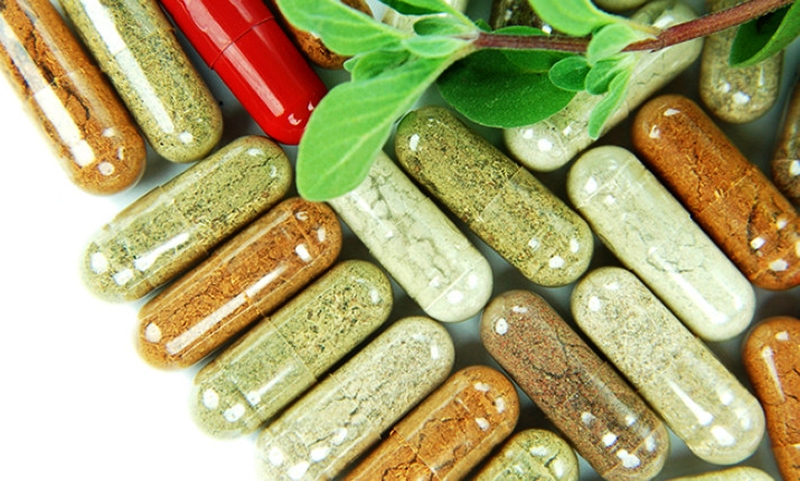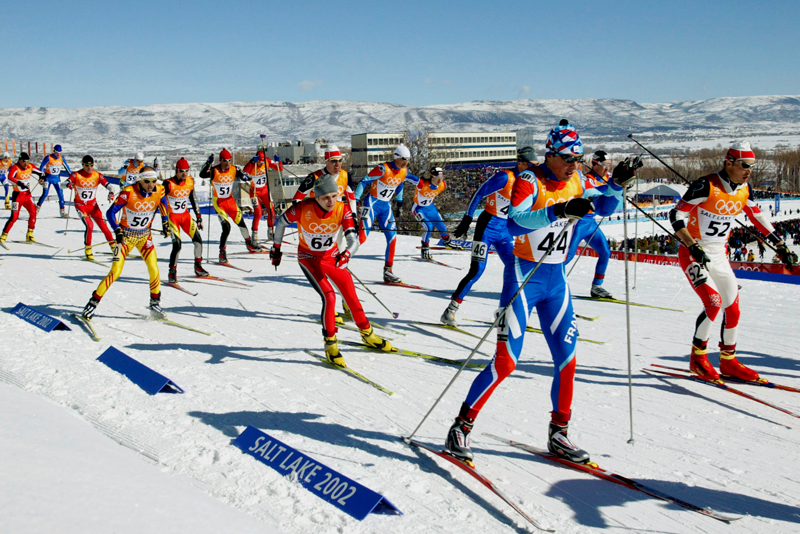You are viewing 1 of your 1 free articles. For unlimited access take a risk-free trial
Caffeine: stay legal, perform better!

Caffeine is not only a legal performance-boosting supplement, some research also suggests that it’s actually more effective than some illegal substances. Andrew Hamilton explains...
In 2019, sport is big business. In higher-profile events involving prize money and the possible prospect of future sponsorship, the potential rewards that flow from winning increase rapidly. But with these rewards comes the inevitable temptation to cut corners – ie cheat – by using illegal substances. This can be a particular problem among younger athletes, who may either be unaware of the legal restrictions on supplements/medicines, or who are aware but are easily influenced to take risks by those around them.Straight and narrow
One approach to help keep young (and old!) athletes on the straight and narrow is improved education about the risks of doping and better, legal ways of maximising performance. With that in mind, an Australian study on the benefits or otherwise of the stimulant ‘pseudoephedrine’ makes fascinating and encouraging reading. Pseudoephedrine is a common ingredient in a number of cold remedies, where it acts as a nasal decongestant. However, being a member of the family of drugs derived from amphetamine, pseudoephedrine also acts as a stimulant in the body, which is why it’s currently on WADA’s (World Anti-Doping Agency) banned substances list (a doping offence is said to have occurred when urinary concentrations of pseudoephedrine exceed 150 micrograms per litre). However, more recent research suggests there’s another reason not to use it.Pseudoephedrine vs. caffeine
In a landmark study, scientists from the University of Western Australia compared the effect of the perfectly legal and much more familiar substance found in your tea and coffee – ie caffeine - versus pseudoephedrine use on cycling time trial performance in well-trained triathletes and cyclists(1). In particular, they wanted to explore whether caffeine was any less performance enhancing than the illegal pseudoephedrine. To do this, ten subjects were recruited for participation and all attended the laboratory on four separate occasions. The first time was for a ‘familiarisation trial’ after which they attended three experimental trials. In each of these three trials, the subjects had to complete a simulated 40km cycling time trial on a cycling ergometer in the lab. However, before each of these three time trials, the subjects took one of the following:- A pill containing 200mg of caffeine
- A pill containing 180mg of pseudoephedrine
- A completely inert placebo (a dummy pill)
Figure 1: Comparison of times taken to complete 40km in caffeine, pseudoephedrine & placebo trials

Although the difference in times were not considered ‘statistically significant’ in terms of the strictly scientific definition, it’s likely that the faster time obtained with caffeine was indeed real because an analysis of the recorded times for the second 20km showed a very large effect in favour of caffeine.
Implications
This research is interesting for a number of reasons:- Firstly, it demonstrates that using the safe and legal caffeine in any sport requiring endurance performance may actually be more effective than the banned pseudoephedrine! Moreover, the dose of pseudoephedrine given was very high whereas the caffeine dose of 200mgs was quite modest (about 3mg per kilo of bodyweight for a 70kg subject). Caffeine it seems is perhaps a more potent performance enhancer than many people realise!
- Secondly, it shows that (as with legal nutritional supplements) some banned substances aren’t actually that effective in enhancing performance. This is an important message that should be hammered home to young aspiring sportsmen and women who are hungry to win.
- Thirdly, given that pseudoephedrine is a common ingredient in some over-the-counter medicines and quite a few athletes from wide variety of sports have failed drug tests as a result of inadvertently consuming these medicines, it perhaps raises the question as to whether pseudoephedrine should be on WADA’s banned substances list at all.
Practical advice
Competitive athletes should refrain from using any supplements or substances that appear on WADA’s anti-doping list (the latest 2019 list can be found here: www.wada-ama.org/en/content/what-is-prohibited). Not only could they land you in hot water with the authorities, they may not even be that effective anyway.- Check the labels of any medicines/supplements you do take very carefully; be particularly wary when taking supplements produced by unfamiliar/smaller companies, whose quality assurance procedures may not be up to scratch (thus risking cross-contamination).
- Remember that caffeine is one of the most performance-boosting substances of the lot and it’s 100% safe and legal!
- If you’re new to caffeine use, begin experimenting with a dosage of 3mgs per kilo of body weight. Numerous studies have shown that this dose seems to be in the optimum range for enhancing endurance performance. For power/sprint performance gains, experiment in the range of 3-6mgs per kilo.
- Int J Sport Nutr Exerc Metab. 2013 Oct;23(5):507-12
Newsletter Sign Up
Testimonials
Dr. Alexandra Fandetti-Robin, Back & Body Chiropractic
Elspeth Cowell MSCh DpodM SRCh HCPC reg
William Hunter, Nuffield Health
Newsletter Sign Up
Coaches Testimonials
Dr. Alexandra Fandetti-Robin, Back & Body Chiropractic
Elspeth Cowell MSCh DpodM SRCh HCPC reg
William Hunter, Nuffield Health
Keep up with latest sports science research and apply it to maximize performance
Today you have the chance to join a group of athletes, and sports coaches/trainers who all have something special in common...
They use the latest research to improve performance for themselves and their clients - both athletes and sports teams - with help from global specialists in the fields of sports science, sports medicine and sports psychology.
They do this by reading Sports Performance Bulletin, an easy-to-digest but serious-minded journal dedicated to high performance sports. SPB offers a wealth of information and insight into the latest research, in an easily-accessible and understood format, along with a wealth of practical recommendations.
*includes 3 coaching manuals
Get Inspired
All the latest techniques and approaches
Sports Performance Bulletin helps dedicated endurance athletes improve their performance. Sense-checking the latest sports science research, and sourcing evidence and case studies to support findings, Sports Performance Bulletin turns proven insights into easily digestible practical advice. Supporting athletes, coaches and professionals who wish to ensure their guidance and programmes are kept right up to date and based on credible science.













